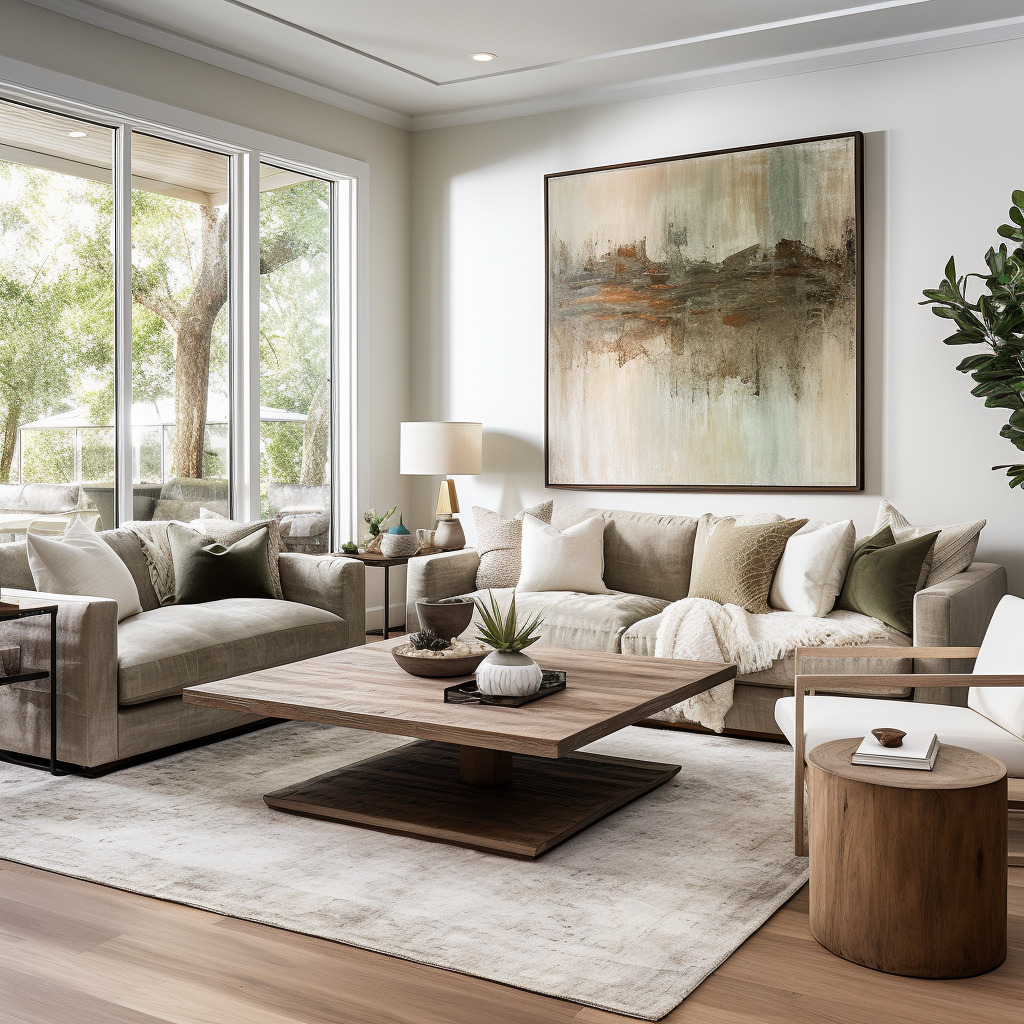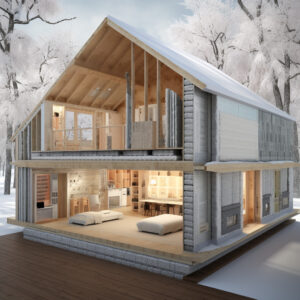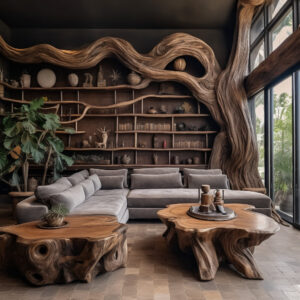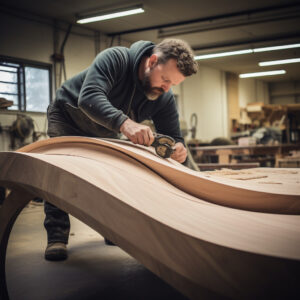How to Plan Your Space for Maximum Efficiency
Introduction
Imagine a home where every room invites you in, with perfectly curated objects that spark joy, colors that soothe your soul, and furniture that feels like it was meant for you. It’s an oasis where form meets function in a beautiful symphony of design. This isn’t just a dream; it’s what efficient space planning can do for your home. A well-designed interior isn’t simply about visual appeal; it’s about crafting spaces that work seamlessly for your lifestyle. It’s about making the most out of every square inch while creating a harmonious and aesthetically thrilling environment. Dive into the world of interior design, where efficiency marries elegance, to transform your living spaces into places of comfort and inspiration.
Key Elements of Interior Design
To master the art of interior design, you must be acquainted with its fundamental elements. These are not mere decorative details; they are the vital components that dictate the mood, feel, and functionality of your space.
- Element 1: Color Palettes: Colors weave the visual story of your home. They have the power to alter perception, creating the illusion of space or coziness. A thoughtful color scheme can evoke emotions, set a mood, or draw attention to key architectural features.
- Element 2: Furniture Arrangement: Furniture is the functional centerpiece of any room. How you arrange it can either help or hinder the flow of your space. Whether you’re aiming for coziness or spaciousness, furniture placement is critical in maximizing both aesthetics and utility.
- Element 3: Lighting: Lighting does more than illuminate; it can make or break a room’s ambiance. Strategic placement of light fixtures, layering of lighting, and choices of bulbs can highlight your space’s best features while maintaining practicality.
-
Element 4: Accessories: Accessories add personality and can tie a room together. They include anything from wall art and plants to pillows and throws — but remember, less is often more. Choosing the right accessories can finish a space thoughtfully without adding clutter.
Tips for Efficient Space Planning
Selecting the perfect furniture and arranging it for maximum efficiency are important steps in designing a functional space. Here are some tips to guide your choices:
- Consider Scale and Proportion:
- Ensure the size of your furniture is proportionate to the size of the room. Oversized sofas in a small room can make it feel cramped, while too small pieces in a large room can seem out of place.
- Balance Style with Functionality:
- Choose pieces that reflect your personal style but also serve your daily needs. For example, opt for a stylish sofa bed in a guest room that doubles as an office, providing a place to work and accommodating overnight visitors.
- Flow and Accessibility:
- Arrange your furniture to allow for unobstructed movement throughout the room. There should be clear paths for walking, and doors should be able to open without maneuvering around furniture.
- Dual-Purpose Furniture:
- Embrace furniture that offers multiple uses, especially in small spaces. Think of ottomans with storage, fold-down desks, or shelves that double as room dividers.
- Visual Weight:
- Balance the visual weight of the room by distributing heavy pieces evenly. This creates a sense of harmony and avoids a lopsided feel in the layout.
FAQ about Efficient Space Planning
Question 1: How do you effectively design a small living space?
– Answer: Efficiently designing a small living space is about prioritizing your needs and making smart choices. Opt for multifunctional furniture, use vertical space for storage, and keep the floor as clear as possible. Reflective surfaces and light colors can make the area feel bigger, while tailored organization solutions maximize functionality.
Question 2: How do you choose a color palette for your home?
– Answer: Choosing a color palette starts with considering the emotional atmosphere you’d like to create. Neutrals can serve as a calming base, allowing for versatility with accents. For a cohesive look, pick a couple of main colors and complementary shades. The colors should reflect your personality while enhancing the natural light and size of your space.
Question 3: How does lighting affect interior design?
– Answer: Lighting sets the tone for your home, defining the ambiance and highlighting key design elements. It can make a room feel warm and cozy or large and open. Utilize a variety of sources like ambient, task, and accent lighting to create depth and bring attention to artworks, structures, or textures.
Question 4: What’s the importance of accessorizing in interior design?
– Answer: Accessories are like jewelry for your home — they’re the final touches that showcase your style and pull everything together. They should complement the room’s color scheme and theme while offering personalization. Remember, strategically placing fewer, more meaningful pieces can have a greater impact than over-accessorizing.
Question 5: Can the shape of furniture impact efficient space planning?
– Answer: Definitely. The shape of furniture can influence traffic patterns, communication dynamics, and the overall spaciousness of a room. Rounded pieces can soften an angular room, while sleek, angular pieces might complement a modern, minimalistic space. Always consider the silhouette of the furniture in the context of your room’s layout.
Interior design has the power to transform not just how a space looks, but also how it functions and feels. By understanding and employing the elements of efficient space planning — from the hues on the walls to the arrangement of the furniture — you can create a home that’s as practical as it is aesthetically pleasing. What’s trending in interior design is a blend of comfort and style, sustainability, and tech-smart spaces that anticipate your needs. With these tips and insights as your guide, you’ll be well on your way to planning spaces that celebrate efficiency and beauty in equal measure.




